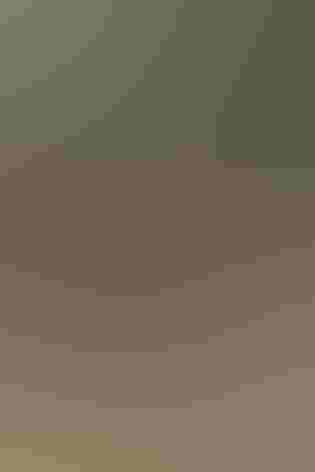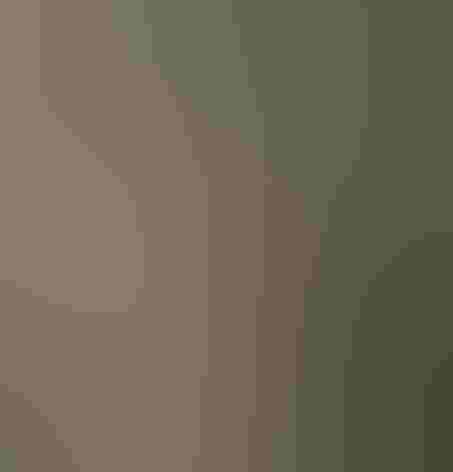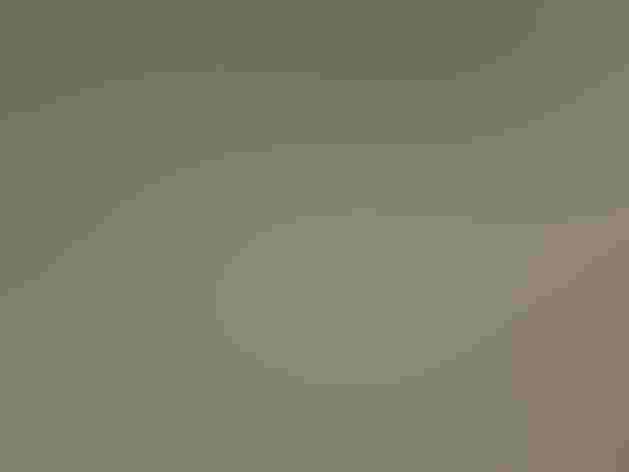Rufous-crowned Sparrow
At a Glance
In dry southwestern hills and canyons, where sparse brush covers the rocky slopes, pairs of Rufous-crowned Sparrows lurk in the thickets. Usually they are easy to overlook; but if they are alarmed, or if members of a pair become separated, they reveal their presence with a harsh nasal call, dear-dear-dear. Although they live in dense cover they are not especially shy if undisturbed, and a birder who sits quietly in their habitat may be able to observe them closely.
All bird guide text and rangemaps adapted from Lives of North American Birds by Kenn Kaufman© 1996, used by permission of Houghton Mifflin Harcourt Publishing Company. All rights reserved.
Category
New World Sparrows, Perching Birds
IUCN Status
Least Concern
Habitat
Arroyos and Canyons, Desert and Arid Habitats, Forests and Woodlands, Shrublands, Savannas, and Thickets
Region
California, Plains, Rocky Mountains, Southeast, Southwest, Texas
Behavior
Direct Flight, Flitter, Rapid Wingbeats, Running
Population
1.200.000
Range & Identification
Migration & Range Maps
Generally a permanent resident. Thought to retreat from some northern areas of range in winter, but may be simply overlooked at that season.
Description
5-6" (13-15 cm). Rusty crown, white eye-ring, heavy dark whisker mark; looks big-billed, flat-headed. Swamp Sparrow in very different habitat; Chipping and other rusty-capped sparrows more petite, less secretive.
Size
About the size of a Sparrow
Color
Black, Brown, Gray, Red, Tan
Wing Shape
Broad
Tail Shape
Rounded, Square-tipped
Songs and Calls
Song is a rapid, pleasing jumble of notes, recalling that of the Northern House Wren, but with "sparrow quality." Distinctive call is a down-slurred dear dear dear and a thin, plaintive tseeee.
Call Pattern
Falling, Undulating
Call Type
Chirp/Chip, Trill, Whistle
Habitat
Grassy or rocky slopes with sparse low bushes; open pine-oak woods. Habitat varies in different parts of range, but always in brushy areas. In Southwest, usually in rocky areas of foothills and lower canyons, in understory of pine-oak woods, or in chaparral or coastal scrub. On southern Great Plains, found in rocky outcrops with cover of dense grass and scattered bushes.
Sign up for Audubon's newsletter to learn more about birds like the Rufous-crowned Sparrow
Behavior
Eggs
3-4, sometimes 2-5. Pale bluish-white, unmarked. Incubation is probably by female, but details not well known.
Young
Both parents feed the nestlings. Young probably leave the nest after about 8-9 days, before they are able to fly; young may remain with parents for up to several months.
Feeding Behavior
Forages mostly while walking or hopping on the ground, but also will feed up in weeds and low bushes. Tends to move slowly, foraging in a limited area. Usually forages in pairs or in family groups.
Diet
Mostly insects and seeds. Diet varies with season and locality, but tends to eat more insects in summer, more seeds in winter. Major items in diet may include caterpillars, beetle larvae and adults, grasshoppers, ants, and other insects and spiders. Also eats many seeds of grasses and weeds at all seasons, but especially in winter.
Nesting
Members of a pair may remain together all year on permanent home range. In spring and summer, male sings to defend nesting territory. Nest site is usually on the ground, typically well hidden at base of bush or grass clump, placed in a slight depression so that rim of nest is near ground level. Occasionally in low shrub, up to 1-3' above ground, especially in eastern part of range. Nest is an open cup made of small twigs, grass, weeds, plant fibers, often with some animal hair in lining.
Conservation
Conservation Status
Still widespread and common, but surveys indicate overall declines in population in recent years.
Climate Threats Facing the Rufous-crowned Sparrow
Choose a temperature scenario below to see which threats will affect this species as warming increases. The same climate change-driven threats that put birds at risk will affect other wildlife and people, too.










